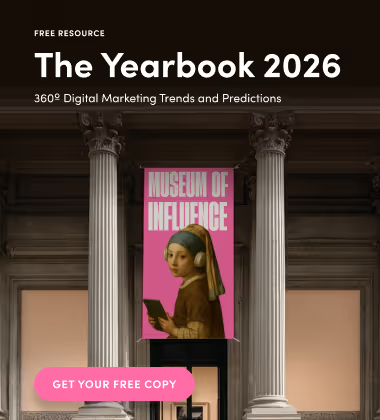In today’s rapidly changing digital marketplace, traditional retail brands must quickly adapt in order to stay relevant. Consumers are more educated than ever and the competition is often global. How can brands get their product in front of the right people, at the right time?
Google is the likely beginning of an internet search for a lot of people, 1.7 billion in case you were curious. Google’s unique ability to capture people’s purchase intent is undisputed.
Using a Google Shopping campaign is an excellent way to get your product in front of potential customers precisely when they are looking for your products.
Google Shopping campaigns are an efficient way to engage potential buyers at scale internationally. Brands can simultaneously target many different locations spanning across various countries. It is a great platform to boost brand awareness, engage with potential customers, and most importantly, drive sales.

Cost
Just like Google’s other advertising tools, the shopping Ads participate in an auction against other advertisers advertising similar products. Advertisers are charged on a cost per click or cost per engagement model. The average cost per click on Google shopping campaigns often can be much cheaper than search campaigns.

Google Merchant Center
It’s hard to talk about Shopping campaigns without mentioning Google Merchant Center. This is the hub that connects websites to Google’s platform. Once your website is verified through Google Merchant Center, you can set up product feeds that are manually or automatically pulled from your website.
4 ways of setting up a product feed
- Manual Upload
- Fetch
- Website Crawl
- Content API
If you only sell a few products that don’t change throughout the year, then manually uploading the products is sufficient. If you have more than a few products that change throughout the year, then you can set the Merchant Center to fetch data from your site at set times. For example, you can set Merchant Center to fetch product data from your website everyday at 7am or once a week on Sunday.
Shipping Policy
You can set up an account level shipping policy that applies to all products or shipping policies for specific product groups. Make sure your Merchant Center shipping policy matches your shipping policy on the website to avoid disapprovals. You can customize shipping and handling time, minimum order value and shipping delivery zones.
Sales Tax
Tax settings can be configured in Merchant Center so your potential customers can understand the cost before purchasing. You can configure sales tax in many different ways depending on your business and location. You can also choose to not configure sales tax in Merchant Center and workout the taxes upon the purchase on the website.
Diagnostics
It is important to Check the “Diagnostics” section under “Products” so you can stay up to date on the status of your products in your Merchant Center feed. Diagnostics page will show you a historic view of past product disapprovals.
The Diagnostics in Merchant Center will show you all product warnings and disapprovals so that you can take action right away. You can filter, and download the data for further analysis.
Some common errors you will run into:
- Unavailable mobile landing page
- Missing price
- Shopping ads policy violation

Surfaces Across Google
This program enables people to see your products across various Google platforms. These “Surfaces” include Google Search, Google Shopping, Google Images and Google Lens.
You can pause and enable Surfaces across Google at any time. Once you’ve started setup, surfaces across Google will automatically be added to your list of pending tasks in the Overview screen.
Smart Shopping Campaigns
This is the newest, and likely the future Google Shopping Campaigns. Smart Shopping campaigns unitize Google’s machine learning and smart bidding strategies to find your customers in real time.
Smart Shopping campaigns are optimized to find the audience that’s most likely to convert across all of Google’s platforms. Shopping ads can serve when people are watching videos on YouTube, checking their Gmail, and browsing websites on the Google display network. This is part of Google’s effort to make campaigns more universal across platforms.
The smartphone has become such an essential part of our lives to a point where it knows what we want, and when we want it. 62% of users accessed the internet using their mobile phones in 2019. By 2020, the number of smartphone users is projected to reach 2.87 billion (101 Mobile Marketing Statistics And Trends For 2020). Keeping this in mind, Smart Shopping campaigns take a mobile 1st approach in it’s design and implementation.

Google claims that advertisers get more value per dollar spent from smart shopping campaigns compared to regular shopping campaigns. That’s a pretty big claim, is it true? We will likely find out in the very near future since smart shopping campaigns are still relatively new. Nonetheless, it is important to know how smart shopping campaigns actually function before nose diving into it.
knowing how to navigate today’s ever-changing, digital economic environment is a critical part of operating a successful business. Consumers have more leverage than ever and the competition is more fierce than ever. When properly implemented, Google Shopping campaigns can be a powerful tool to help you achieve the sales volume you have always dreamed of. Our team here at The Influence Agency has helped build so many success stories because that’s what we love to do. So if you have a question for us, let us know!



